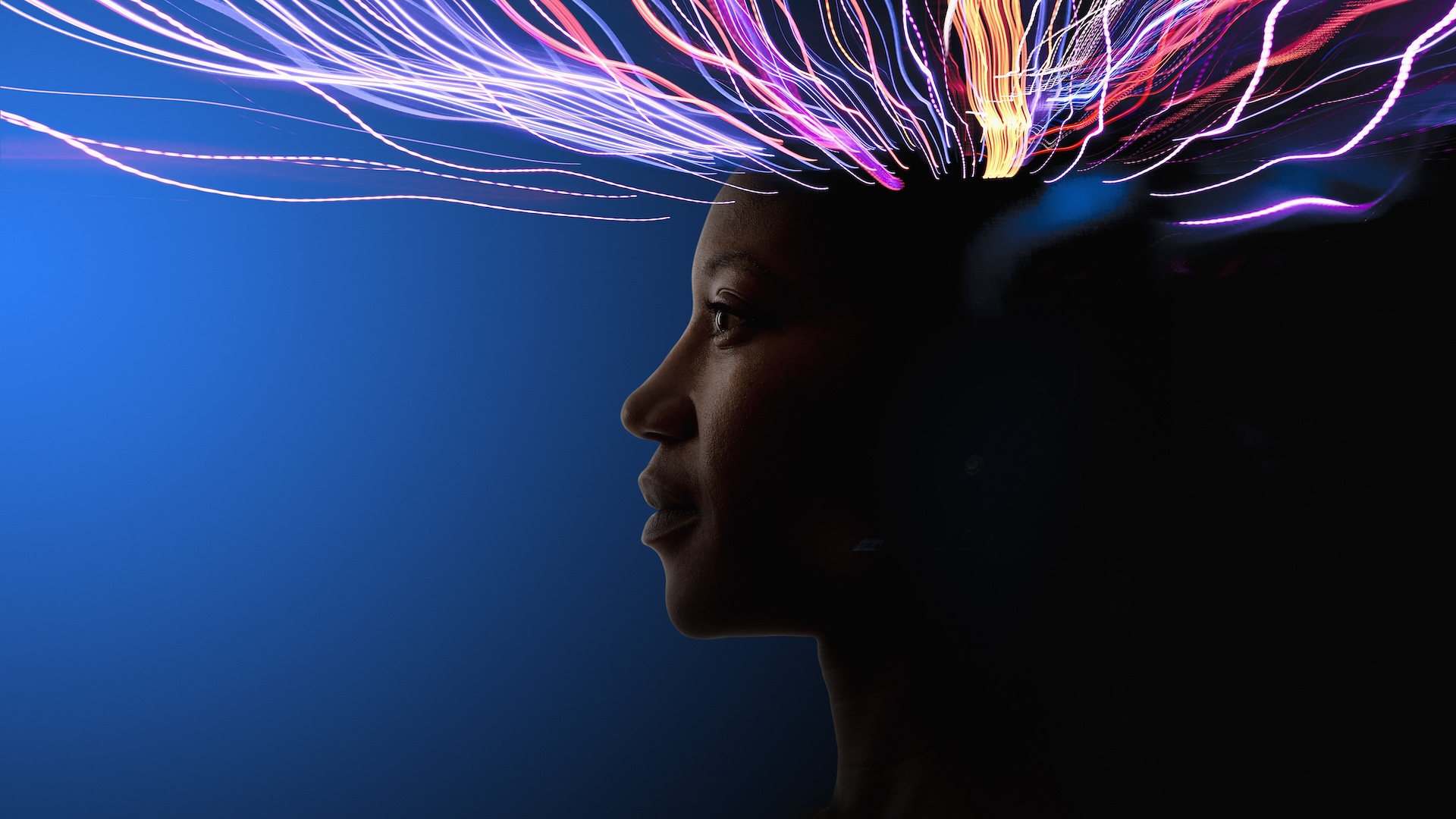Study reveals how the brain divides days into 'movie scenes'
A recent brain-scan study sheds light on how people's brains divide continuous experiences into meaningful segments, like scenes in a movie.

New brain scans may help unravel a fundamental mystery about how our memory works on a day-to-day basis.
Similar to how a movie is divided into scenes, our brains organize our memories of each day into segments — separating when we went out to lunch from when we came home from work, for instance. But in movies, directors and editors decide when one scene ends and a new one begins. So how does the brain choose?
In theory, shifts in our environment may dictate when we've "entered a new scene," or instead, the brain may somehow determine the boundary between scenes.
Now, in a paper published Oct. 3 in the journal Current Biology, researchers found that the latter theory is likely correct — and that we may have more control over how we interpret the day's events than scientists previously thought.
Related: Sherlock Holmes' famous memory trick really works
Senior study author Christopher Baldassano, an associate professor of psychology at Columbia University, and his team wanted to understand what leads the brain to form boundaries around daily events, essentially changing from one "scene" to another. The leading theory has been that these boundaries are raised by a major change in the environment, such as when you walk into a movie theater or enter a grocery store, going from outside to inside.
However, another hypothesis suggests that these boundaries are created by our own past experiences and feelings about certain events or environments. So, while a change in environment can affect the segmentation of someone's day, it's possible that this influence can be overridden by our own priorities and goals.
Sign up for the Live Science daily newsletter now
Get the world’s most fascinating discoveries delivered straight to your inbox.
To explore these hypotheses, Baldassano and his team created 16 short audio narratives. Each narrative involved four locations: a restaurant, a lecture hall, a grocery store and a restaurant. They also included four social situations: a business deal, a "meet-cute," a proposal and a breakup.
Volunteers listened to these narratives like podcasts while the scientists used functional magnetic resonance imaging (fMRI) to scan the participants' brains. Using a special method that the team had developed previously, they tracked changes in brain activity, especially in the medial prefrontal cortex (mPFC), part of the brain that perceives and interprets moment-to-moment input from our surroundings.
"We now had a tool where we could figure out what these dynamics look like and how people are dividing up these experiences," Baldassano told Live Science. They were able to track when a participant formed a new boundary during the narrative.
mPFC activity spiked when the key social events in the storyline changed — when the business deal was closed or the marriage proposal was accepted. However, if the team told participants to focus on features of the locations instead — such as sitting down at a restaurant and ordering food — their segmentation of the events changed, as did their brain activity.
The study also revealed differences in how the volunteers remembered the narratives after hearing them. When the participants were asked to recall the part of the story they were not asked to pay attention to, they forgot many details.
Related: The brain stores at least 3 copies of every memory
"You could view that as a good or a bad thing, in the sense that depending on the frame of mind you go into things with, it really does change your memory of what actually happened," Baldassano said.
Overall, though, "these results are exciting because they reveal how flexible and active our memory can be," said David Clewett, an assistant professor of cognitive psychology at UCLA who was not involved in the study. "Instead, we can choose what we pay attention to and what we remember. This means that, in many ways, we control the narrative of our own experiences," Clewett told Live Science in an email.
Difficulties with event segmentation is also common with certain conditions, such as post-traumatic stress disorder and dementia, as well as in normal aging.
The study suggests "memory-based treatments shouldn't just focus on any shift in a narrative to improve long-term memory," Clewett said. "Attention should be directed toward key moments — those that truly capture the essence and structure of an experience — to help people better understand and remember what matters most."
The researchers now hope to probe how long-term memory is affected by consciously shifting your attention as you divide the day into scenes.
"If you allow people to freely respond about what they remember," Baldassano wondered, "to what extent does this [shift in focus] change the way that they either frame the story or the kind of details they include?"
Ever wonder why some people build muscle more easily than others or why freckles come out in the sun? Send us your questions about how the human body works to community@livescience.com with the subject line "Health Desk Q," and you may see your question answered on the website!

Jennifer Zieba earned her PhD in human genetics at the University of California, Los Angeles. She is currently a project scientist in the orthopedic surgery department at UCLA where she works on identifying mutations and possible treatments for rare genetic musculoskeletal disorders. Jen enjoys teaching and communicating complex scientific concepts to a wide audience and is a freelance writer for multiple online publications.










